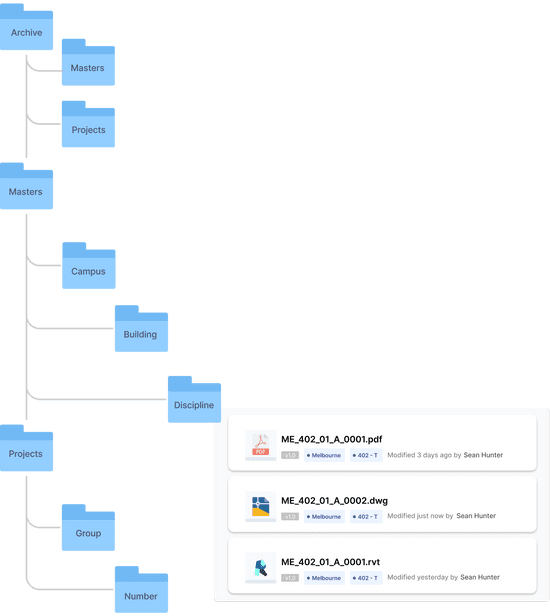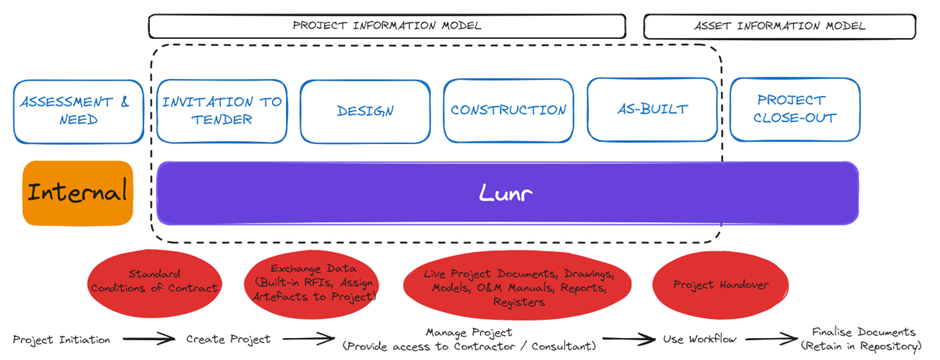Engineering Document Management for Universities

As institutions for higher education, universities have been responsible for managing extensive facilities for numerous generations. The properties team, a small yet dedicated group, plays a pivotal role in this, operating and maintaining buildings that span multiple facilities and even countries.
At its core, the facilities management role is a complex one, often involving a suite of tools that encompass document management, facilities management, and GIS. It also interfaces with enterprise systems, such as project management, asset management, and CMMS (Computerised Maintenance Management System) for project numbers, asset IDs, and work orders.
There are a few critical requirements for document management:
To manage the project lifecycle by receiving new and updated documentation.
To progress completed project documentation to maintain a current as-built/as-constructed library.
To archive completed projects and obsolete/superseded documentation.
To make all property information available across the facility.
To leverage data in enterprise systems.
Our experience with universities indicates that this can be delivered with a basic core structure for document management, as shown in the diagram.
 Documentation is revised and collected based on a project number before being transitioned to Masters or Archived. The Masters branch provides a readily accessible library of as-built/as-constructed data for operations and maintenance.
Documentation is revised and collected based on a project number before being transitioned to Masters or Archived. The Masters branch provides a readily accessible library of as-built/as-constructed data for operations and maintenance.
Regarding the broader audience, Masters generally caters to in-house teams, and Projects is usually accessible to external contractors. We implement this approach to provide a controlled environment for document management using Lunr, a configurable solution for both project and as-built lifecycles.
One of the key advantages of this solution is its practicality. It offers search, view, and mark-up capabilities via a browser, making it accessible on any platform, be it iOS, Android, or Windows. Moreover, its REST API allows seamless integration with your existing enterprise systems.
Please contact us to discover Lunr's unique benefits in delivering Campus Facilities Information Management. With Lunr, you can have a single source of truth for all your facility's information, ensuring efficiency and accuracy in your operations.

